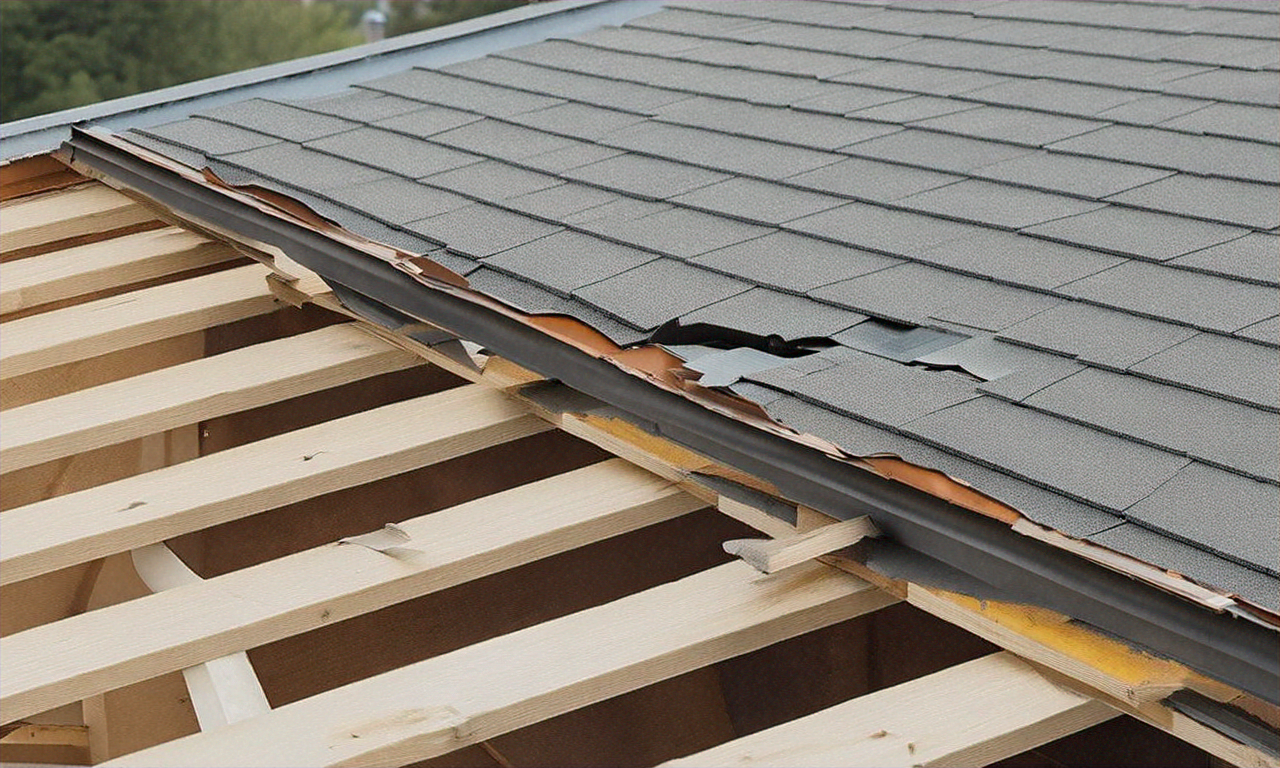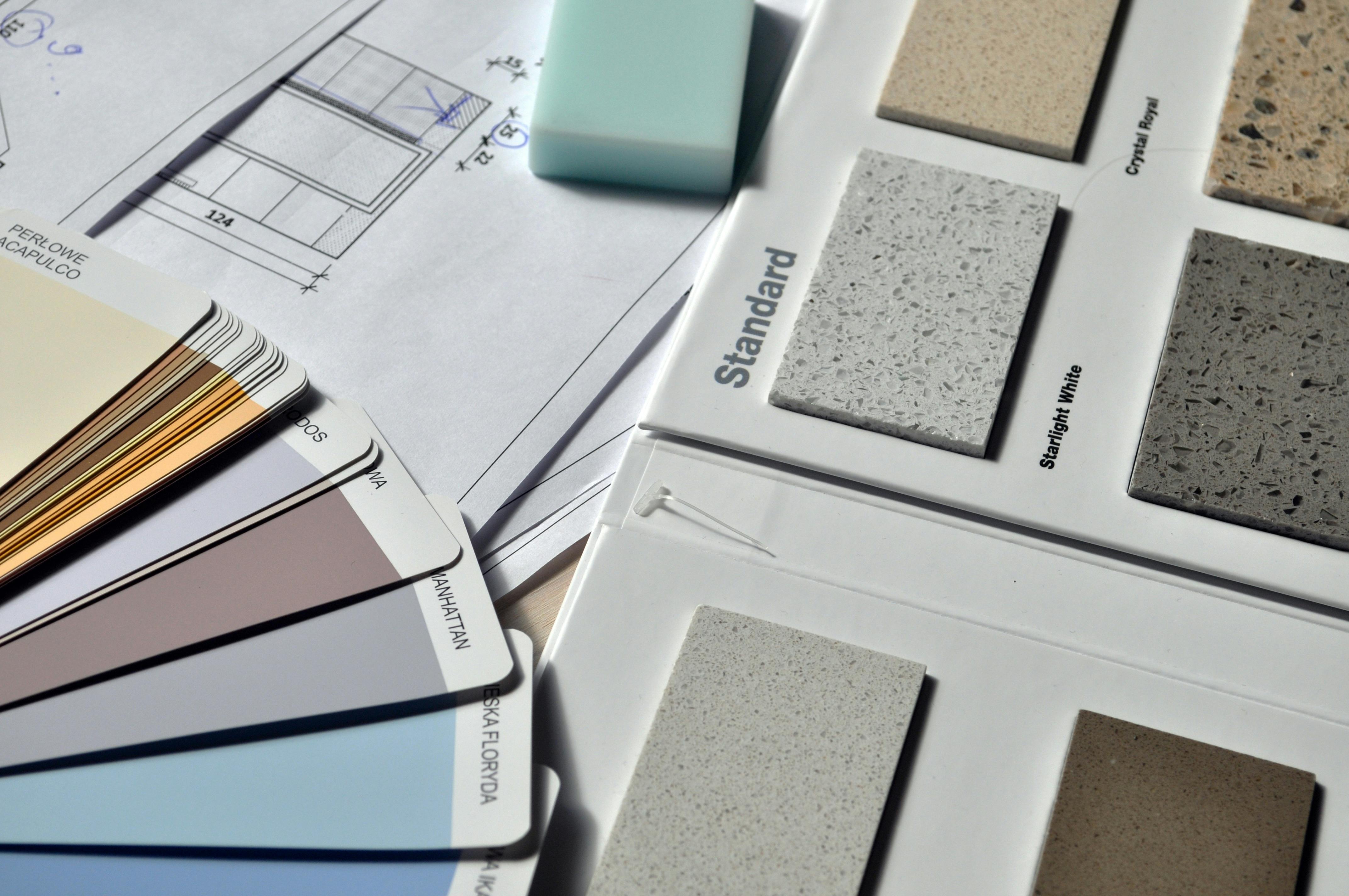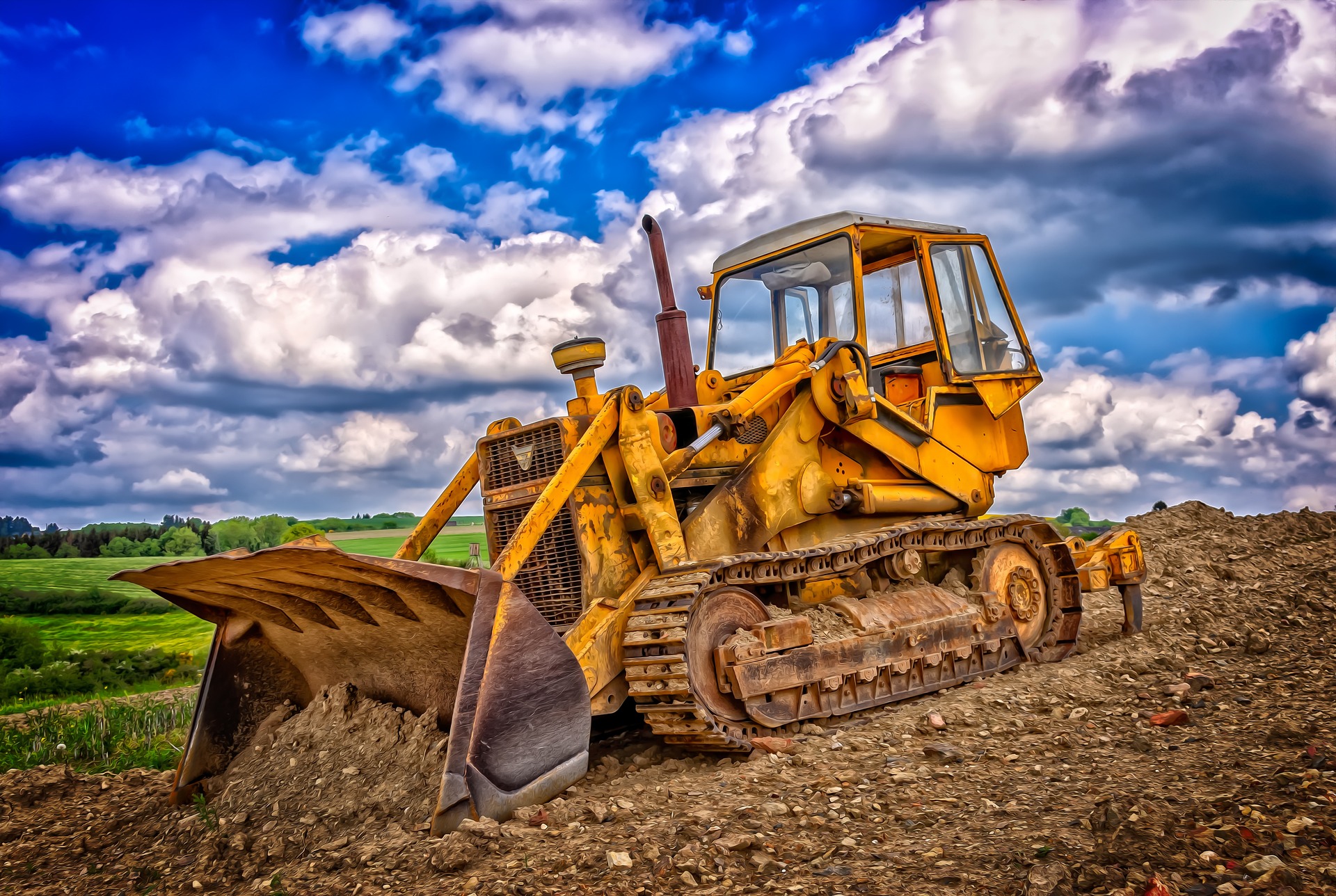Comparing T1-11 to Other Siding Options: Materials, Lifespan, and Aesthetics
T1-11 plywood siding has long been a favorite for American homes because it combines the look of natural wood with reliable strength. This article compares T1-11 with other siding options, exploring durability, weather resistance, maintenance needs, and overall appearance.

Material Composition and Durability: T1-11 vs. Alternatives
T1-11 siding is manufactured primarily from plywood or OSB with a distinctive grooved pattern, creating a rustic appearance. Unlike its competitors, T1-11 is a wood product, which brings inherent characteristics that differentiate it from synthetic alternatives. Fiber cement siding, in contrast, consists of cement, sand, and cellulose fibers, creating a highly durable, fire-resistant material that mimics wood appearance without wood’s vulnerabilities. Vinyl siding, made from polyvinyl chloride (PVC), offers lightweight, low-maintenance benefits with good moisture resistance but less durability against impacts.
The key difference in material composition directly affects durability. T1-11 typically lasts 15-30 years with proper maintenance, while fiber cement can last 50+ years, and quality vinyl siding averages 20-40 years. Additionally, T1-11 remains vulnerable to moisture damage, particularly at cut edges and joints, whereas fiber cement resists rot, insects, and fire. Vinyl, though resistant to moisture and insects, can become brittle in extreme temperatures and may crack under impact.
How Climate Influences Siding Material Performance
Climate conditions play a crucial role in determining siding performance and longevity. T1-11 performs best in moderate, dry climates with minimal temperature fluctuations. In high-humidity environments, T1-11 requires vigilant maintenance to prevent moisture absorption, mold growth, and rot. Coastal areas with salt exposure similarly pose challenges for wood-based siding.
Fiber cement excels in diverse climate conditions, standing up to humidity, freeze-thaw cycles, and intense sun exposure with minimal degradation. Its composition resists expansion and contraction, maintaining structural integrity across seasons. Vinyl siding, while generally weather-resistant, can become brittle in extreme cold and may warp under intense heat, making it less suitable for regions with temperature extremes.
Regions with heavy precipitation benefit from fiber cement or vinyl rather than T1-11, as these materials better resist moisture penetration. However, in moderate climates with proper overhangs and moisture protection, well-maintained T1-11 can perform admirably while delivering its characteristic rustic aesthetic.
Maintenance Practices That Extend T1-11’s Lifespan
While T1-11 requires more maintenance than many alternatives, several practices can significantly extend its functional lifespan. Regular inspection forms the foundation of effective T1-11 maintenance, with homeowners checking for cracking, warping, or separation between panels at least biannually. Addressing any damage promptly prevents moisture infiltration that can lead to more extensive deterioration.
Proper sealing and painting stand as critical maintenance requirements. T1-11 should be thoroughly painted on all sides—including edges and cut surfaces—with high-quality exterior paint. Experts recommend repainting every 3-5 years, with more frequent maintenance in harsh climates. Caulking around joints, windows, and trim prevents water penetration at vulnerable points. Additionally, maintaining proper ground clearance (minimum 6 inches) prevents splash-up and moisture wicking from ground contact.
In contrast, fiber cement typically requires repainting every 7-15 years, with minimal additional maintenance beyond occasional cleaning. Vinyl siding needs only periodic cleaning with mild soap and water, representing the lowest maintenance option. This maintenance differential significantly impacts lifetime ownership costs despite T1-11’s lower initial price point.
Aesthetic Considerations and Design Versatility
T1-11’s distinctive grooved appearance creates a characteristic rustic or cabin-like aesthetic that many homeowners specifically seek. Its natural wood texture brings warmth and traditional charm that synthetic materials struggle to replicate authentically. The material accepts stains and paints easily, allowing for color customization, though maintaining these finishes requires ongoing effort.
Fiber cement offers remarkable design versatility, available in smooth, wood-grain, and stucco textures. Manufacturers produce fiber cement in plank, panel, and shingle formats with numerous factory-finished color options that maintain appearance far longer than painted T1-11. Vinyl siding comes in countless colors and profiles, including options that mimic wood grain, though close inspection reveals its synthetic nature.
For historic renovations or rustic aesthetics, T1-11 often provides the most authentic appearance. Modern or contemporary designs typically benefit from the clean lines and low maintenance of fiber cement or vinyl. Some homeowners combine siding types strategically, using T1-11 as an accent with more durable materials for the majority of the exterior.
Cost Comparison Between Siding Options
The initial installation cost represents only part of the financial equation when comparing siding options. Material and installation expenses vary significantly, with long-term maintenance requirements affecting the total lifetime investment.
| Siding Type | Material Cost Per Sq. Ft. | Installation Cost Per Sq. Ft. | Total Initial Cost (2,000 sq. ft. home) | Expected Lifespan | Maintenance Requirements |
|---|---|---|---|---|---|
| T1-11 Plywood | $1.50 - $2.50 | $1.00 - $2.00 | $5,000 - $9,000 | 15-30 years | High (Repainting every 3-5 years) |
| T1-11 OSB | $1.00 - $2.00 | $1.00 - $2.00 | $4,000 - $8,000 | 10-25 years | High (Repainting every 3-5 years) |
| Fiber Cement | $2.00 - $5.00 | $2.00 - $5.00 | $8,000 - $20,000 | 50+ years | Low (Repainting every 7-15 years) |
| Vinyl | $1.00 - $7.00 | $1.50 - $3.50 | $5,000 - $21,000 | 20-40 years | Very Low (Occasional cleaning) |
| Wood Clapboard | $5.00 - $9.00 | $2.00 - $4.00 | $14,000 - $26,000 | 20-40 years | High (Regular staining/painting) |
Prices, rates, or cost estimates mentioned in this article are based on the latest available information but may change over time. Independent research is advised before making financial decisions.
While T1-11 typically offers the lowest initial investment, its higher maintenance requirements and shorter lifespan often result in higher long-term costs. Fiber cement, though more expensive initially, frequently proves more economical when considering its minimal maintenance needs and extended durability. Vinyl presents a middle-ground option, with moderate initial costs and minimal maintenance expenses, making it popular for budget-conscious homeowners seeking low ongoing maintenance.
Making the Right Siding Selection for Your Project
Selecting between T1-11 and alternative siding materials involves balancing numerous factors including budget constraints, climate conditions, desired aesthetics, and willingness to perform regular maintenance. T1-11 remains popular for specific applications like outbuildings, rustic homes, and budget-conscious renovations where its natural appearance is valued and owners can commit to proper maintenance protocols.
For homeowners seeking longevity and minimal maintenance, fiber cement typically offers superior performance despite higher initial costs. Those prioritizing the lowest initial investment with moderate durability often find vinyl siding provides an appropriate balance. Climate considerations should weigh heavily in the decision, particularly in regions with extreme weather conditions where T1-11’s vulnerabilities become more pronounced.
Ultimately, the ideal siding choice reflects a homeowner’s specific circumstances, priorities, and the property’s architectural style. By understanding the fundamental differences between these materials in performance, aesthetics, and lifetime costs, homeowners can make informed decisions that balance immediate budget constraints with long-term value and satisfaction.




